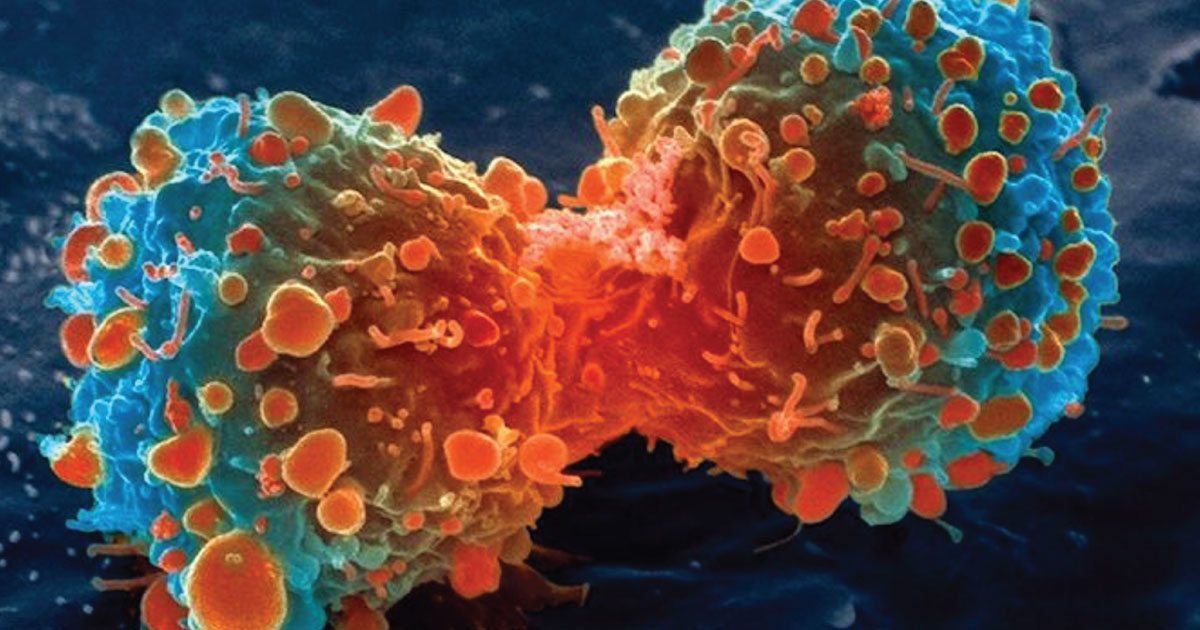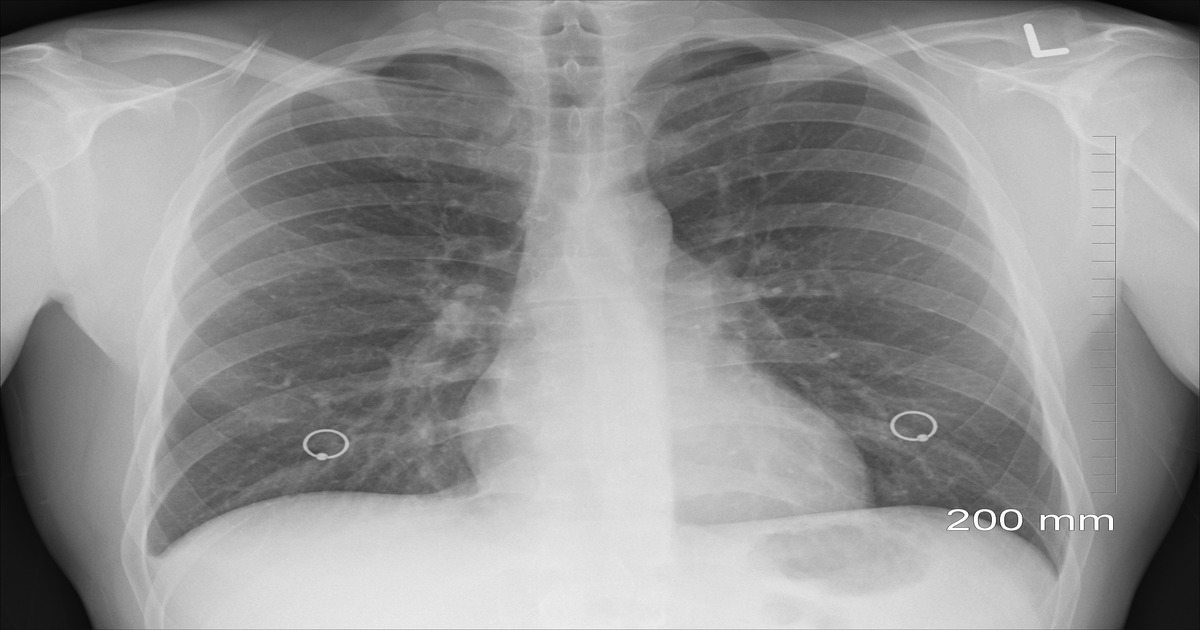Mesothelioma Help Cancer News

Medical Team Supports Mesothelioma Patients in Making Care Decisions
According to a recent survey, 64% of respondents believe they could be making more decisions about their health and wellness. This national survey emphasizes the importance of empowering individuals with information within a dynamic healthcare environment. The survey by the National Council of Patient Information shows how important communication and trust is with your medical team. But unfortunately, more and more patients diagnosed with mesothelioma turn to the internet. This one-sided approach to learning about the disease can lead to unrealistic expectations, for both the patient and family.
This past week a man who had surgery a year ago, a pleurectomy, for malignant pleural mesothelioma was re-admitted to the hospital. His course has been complicated over the last year, and emotionally it has been a challenge. He has undergone chemotherapy, and fell and sustained bruises while being on a blood thinner. After surgery, both he and his wife felt that progress was way too slow. He was disappointed in how he felt. He wanted more out of himself physically and looked upon his slow progress as a failure on his part.
He was readmitted and found to have metastatic disease – his mesothelioma had spread. He was offered the options best suited him by his team. He could restart chemotherapy or he could elect to go home with hospice. Armed with his options, he was going home to think about his choices. Did he want to go through another round of chemotherapy or did he want to choose hospice? This is a very personal decision that he and his family had to make.
In order to make healthcare decisions, all questions must be answered, the information must be understood, and all communication must be clear. Whatever decision the patient makes will be fully supported by the medical team. As his journey continues with mesothelioma, the choices he makes will impact he and his family. What are his values? What does he value in his life? His decisions made with his family, and his medical team, will be based on what he wants.
Know more about Mesothelioma and how you can deal with it.

IMPRINT May Lead to A “New Lung-Sparing Treatment Paradigm”
MesotheliomaHelp has recently reported on two studies showing the benefits of pleurectomy/decortication (P/D) over extrapleural pneumonectomy (EPP) for mesothelioma patients. Now, researchers report that following the surgery with chemotherapy and a novel radiation therapy is safe and resulted in a reduced rate of radiation pneumonitis.
Researchers from Memorial Sloan Kettering Cancer Center and MD Anderson tested a newly developed hemithoracic intensity-modulated pleural radiation therapy (IMPRINT) in a clinical trial of 27 mesothelioma patients who had undergone P/D and chemotherapy. The radiation therapy specifically targets the lining of the lung, where the mesothelioma cells are, and reduces the risk of damaging the lung itself.
The median progression-free survival and overall survival were 12.4 and 23.7 months, respectively. In addition, the two-year overall survival was 59% in patients with resectable tumors and was 25% in patients with unresectable tumors. Only eight patients developed radiation pneumonitis (grade 2 or 3) and all of them recovered after a dose of steroids.
“These results justify our next multicenter trial to explore the safety and feasibility of hemithoracic pleural intensity-modulated radiation therapy” in more medical centers with experience with this malignancy, the authors wrote, according to a June 21 article in Cancer Network.
Radiation therapy is one of the primary treatments for pleural mesothelioma, an asbestos-caused cancer of the lining of the lungs. However, due to the complex growth pattern of the mesothelioma cancer cells targeting just the diseased cells is difficult. Some oncologists shy away from it since radiation can sometimes be too damaging to surrounding organs, as well as causing damage to the lung (pneumonitis).
The researchers noted that the new technique using IMPRINT “has a significant learning curve, and thus should be exported to other centers slowly and carefully.”
P/D strips away the diseased membrane lining the lung and visible mesothelioma tumors, but spares the lung. The other surgical option for pleural mesothelioma patients is the EPP, a more radical procedure that involves removal of a lung, the diseased lining of the chest cavity and heart, and a portion of the diaphragm.
The researchers concluded that incorporating IMPRINT “with chemotherapy and P/D forms a new lung-sparing treatment paradigm for patients with locally advanced MPM [malignant pleural mesothelioma].”
Over 3,000 Americans are diagnosed with mesothelioma each year.
The study can be found in the Journal of Clinical Oncology.
To find out more about the clinical trial see ClinicalTrials.gov.

Researchers Report Activin A May Be A Significant Biomarker
Mesothelioma researchers have focused much of their efforts on developing targeted cancer treatments that center on getting to the specific gene or biomarker responsible for the disease. An alphabet soup of biomarkers, including Abcc10, VEGF, and PD-L1, that indicate mesothelioma, have been used to develop cancer treatments to fight the deadly disease. Now, researchers report that activin A is another biomarker that should be targeted when treating mesothelioma patients.
An international team of researchers, led by a group from the Comprehensive Cancer Center of Vienna, Austria, believe activin A, a biomarker that regulates cell growth and activates cell differentiation, could be a prognostic marker of mesothelioma, according to a June 8 article in the European Journal of Cancer. The researchers found that activin A was “significantly elevated in MPM [malignant pleural mesothelioma] patients.”
Pleural mesothelioma is an incurable, asbestos-caused cancer that attacks the pleural tissue surrounding the lung. The cancer is highly aggressive and is resistant to many cancer treatments making it a difficult disease to treat effectively. Biomarkers, or genetic indicators of the presence of disease, such as mesothelioma, can also be used to determine the severity of the disease, such as in a prognostic biomarker, and to assess the efficacy of a treatment. The findings by these researchers of the significance of activin A can guide medical professionals in the care of mesothelioma patients.
The highlights of the study, as noted by the authors who looked at data of 129 mesothelioma patients, include:
- Plasma activin A levels are increased in malignant pleural mesothelioma (MPM) patients.
- Increased levels associated with non-epithelioid morphology and high tumour volume.
- Plasma activin A level was an independent prognostic factor in MPM patients below 66 years of age with an epithelioid histology.
Research has shown that epithelioid mesothelioma is the most common type of mesothelioma, accounting for nearly 75 percent of all new cases. A study published in the September 2000 respiratory medicine journal Thorax determined that epithelioid mesothelioma patients had a better prognosis than those diagnosed with sarcomatoid or biphasic mesothelioma.
“Our findings suggest that the measurement of circulating activin A may support the histological classification of MPM and at the same time help to identify epithelioid MPM patients with poor prognosis,” concluded the researchers.
Results of the study can be found in the June 8 issue of the European Journal of Cancer.

Helping a Mesothelioma Patient Manage Pain
Any time someone that you love is in pain, you can’t help but feel helpless. You do everything that you can to comfort them, and even when you are able to alleviate some, or even all, of the pain, you are still sorry that they had to experience it in the first place. This was the case during my father’s battle with mesothelioma.
In the “early stages” of his fight, pre-diagnosis, his pain came in the form of exhaustion and the inability to breathe. Later, it was his overall lethargy during chemotherapy, the woes of traveling to and from a clinical trial, and the discomfort during his radiation therapy. A lot of these pains were emotional. I have written before about how important it is to support your loved one on this level; it is an absolute necessity and non-negotiable. However, I want to focus on the physical pain today.
The vast majority of Dad’s physical pain with mesothelioma came following his pleurectomy. As with any surgery, you would expect discomfort immediately after. Once his pain medicine was reduced, you could tell that this man, who never really complained about much, was hurting.
His incision was 20 plus inches, radiating in an almost “J” shape from his shoulder to his ribs. The residual nerve pain plagued him for a long time afterwards. All the while, Dad kept his complaints to a minimum; “After all”, he would say, “I’m so blessed that God let me have this surgery!” That was my father. Always finding God’s hand in every situation, no matter how uncomfortable he may have been.
It was really difficult watching Dad’s recovery, although it seemed to get better with each passing day. You never want someone to have to go through any kind of pain, but it is important to remember that sometimes, that pain is what will lead you to the beauty at the end. Once Dad recovered from his surgery, his quality of life was amazing, and he often talked about how having the procedure was the best decision he could have made. It made all the difficulty worth it.
Remember to stay strong for your friend or family member who is battling mesothelioma. They are going through something unthinkable, as are you. Supporting and loving each other though these times will make you stronger together. God will take over if you let Him; talk to Him, and you can help in praying the pain away.
There are also other things you can do to help. First, listen to your loved one. They will let you know what they need; a listening ear might do the trick one day, but help walking and regaining strength might be on the menu the next. Everyone has things that bring them comfort. Offer to bring those things to your patient, or to help them have those experiences. Sometimes, they may feel like being out, but others, home may be where they want to stay. Let them guide you; your love and support will be a huge help in their recovery process.

Mesothelioma Nurse Explains Pleural Effusion
Obtaining a diagnosis of malignant pleural mesothelioma is difficult. The diagnosis is often made after many other more common diseases are ruled out. One of the presenting symptoms can be pleural effusion, or excess fluid in the chest cavity. It is a common symptom with one study placing it as high as 90 % in a group of patients diagnosed with malignant pleural mesothelioma.
What is pleural effusion? The pleura is a thin layer that surrounds the lungs. The outer layer is the parietal pleura, and the inner layer is the visceral pleura. Lubricating the layers in the space in between is a small amount of fluid called the pleural fluid. The pleural fluid functions to lubricate the two layers so they can slide against each other when we breathe. In healthy people, the pleural fluid is usually about a teaspoon. With a pleural effusion, the fluid builds up and separates the lung from the chest wall, making it difficult to breathe. Some of the more common conditions that a person could have to cause pleural effusion are pneumonia, heart failure, low level of protein in the blood, cirrhosis of the liver, rheumatoid arthritis, systemic lupus erythematosus (SLE), and mesothelioma.
Shortness of breath is most often the reason many patients diagnosed with malignant pleural mesothelioma seek medical attention. For many patients, initially, they undergo a procedure to drain the fluid called a thoracentesis. Many patients who are eventually diagnosed with mesothelioma have this procedure done more than once. Once the diagnosis is made and treatments begin, the effusions can be less of an issue as the symptom is managed with the disease.
When pleural effusions continue to be an issue due to the advancement of disease, or whatever the reason may be, there are options for managing the patient‘s discomfort. One of these options can be a catheter placement in the chest that allows the patient to drain the fluid at home and not come to the hospital for the thoracentesis procedure. Insertion of these catheters can often give the patient and family more time to spend at home as opposed to going to the hospital. If you or your loved one is in the situation that requires frequent thoracentesis procedures, this could be an option.
This past week a patient brought up placement of a pleural catheter as he was considering it. He had weighed the pros and cons and decided to delay placement because it was summertime and he enjoyed going into the water. As mesothelioma becomes a chronic disease it is gratifying to see options that patients have depending on their needs and their quality of life goals.
Photo Credit: Dr. James Heilman via Wikipedia
Free Mesothelioma Patient & Treatment Guide
We’d like to offer you our in-depth guide, “A Patient’s Guide to Mesothelioma,” absolutely free of charge.
It contains a wealth of information and resources to help you better understand the condition, choose (and afford) appropriate treatment, and exercise your legal right to compensation.
Download Now